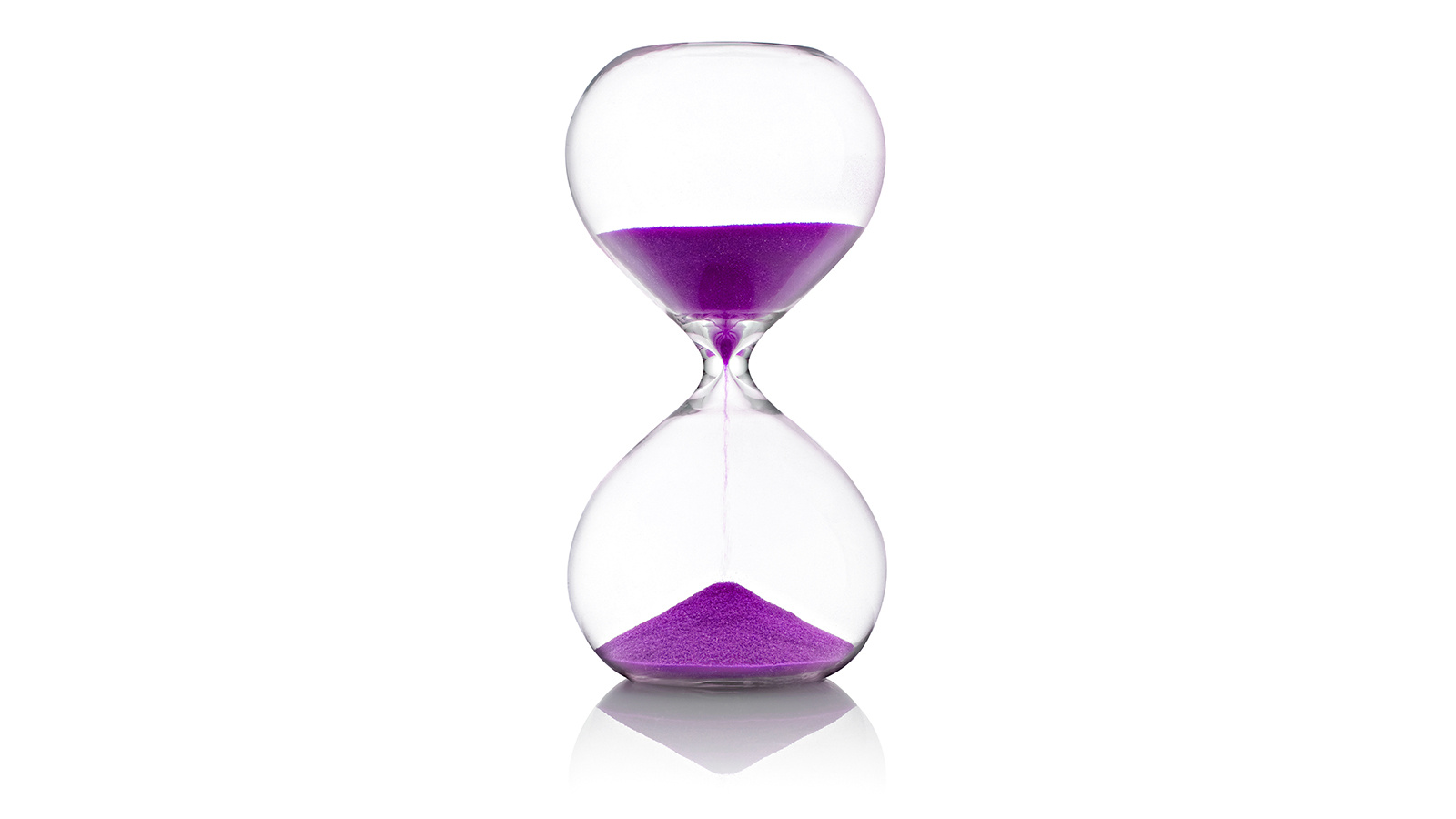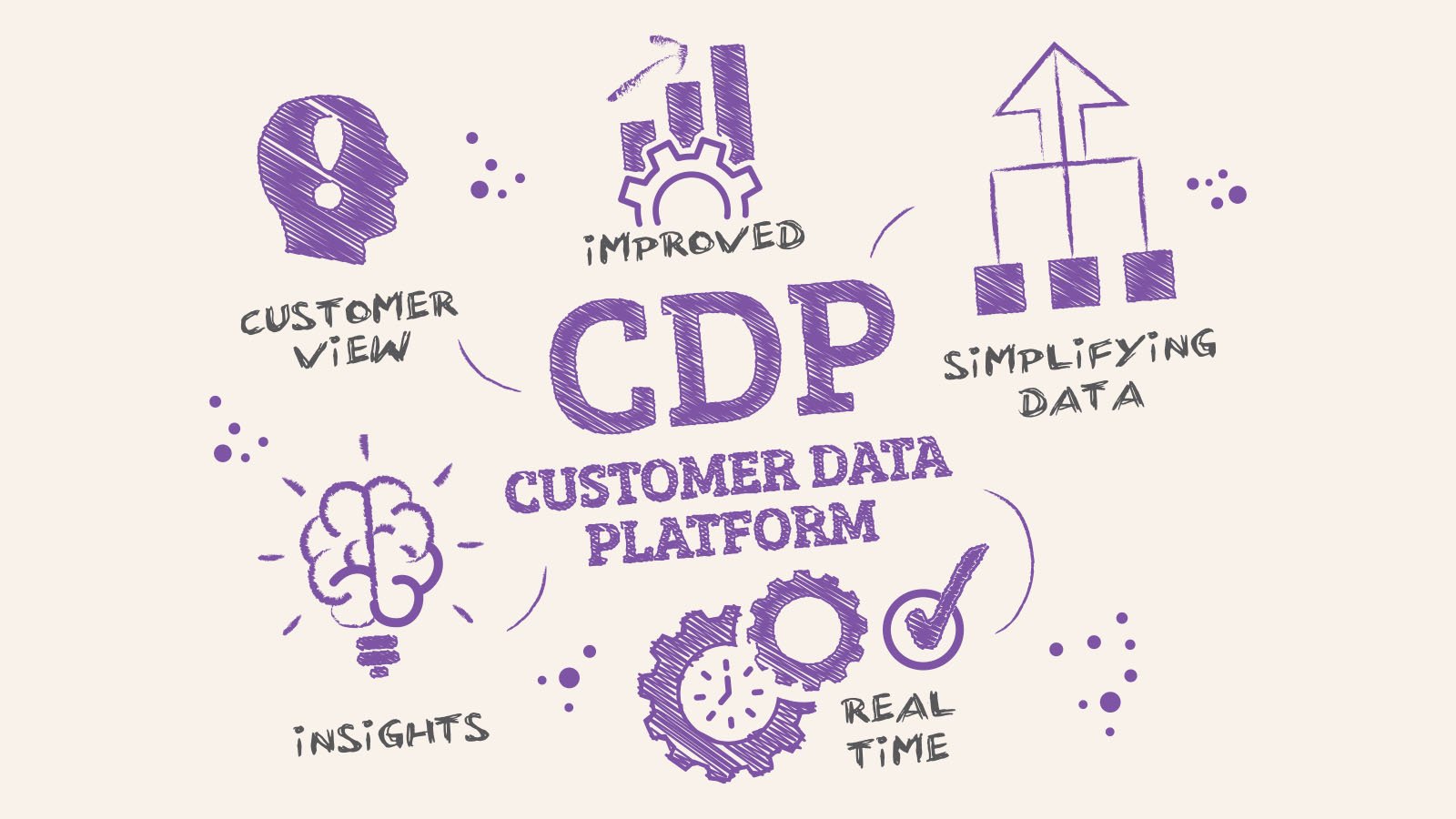6 min read
DIAL Turns 30 This Year: Happy Birthday!
Explore how data-driven insights are shaping the future of loyalty programs in retail and hospitality, enhancing customer engagement and retention.
Get the latest insights, research and news delivered straight to your inbox.
Plus, enter to win the 2nd edition of Omnichannel Retail by Tim Mason & Sarah Jarvis!
No spam. We promise. 💜
Featured Case Study:
See how Eagle Eye helped Giant Eagle relaunch myPerks, delivering 25M+ personalized offers monthly and boosting loyalty program ROI.
Contact us to find out how we can enable your teams on our platform.


A key decision that businesses have to make when they decide to launch a loyalty program is how they will manage the rules around points or currency expiry. Typically, retailers manage their loyalty points liability by keeping track of all the points they've issued to customers and the potential future cost of those points when they're redeemed. This is often managed on a separate P&L so that the retailer can clearly see how much they owe to customers in total from a points point of view (excuse the pun), enabling them to manage their finances and their overarching loyalty programme more effectively.
Typical points expiry rules vary based on geography, sector and scheme type but most businesses will put some simple rules in place to ensure that points cannot exist in the ether forever as this makes the financial management of their scheme incredibly difficult. There is however pressure to get this balance right, as it can often take time for a customer to earn enough value from their loyalty programme participation to redeem something that they see as of real value to them. And it is in that moment of redemption that a customer realises the value of their participation, increasing their long-term loyalty and engagement in the scheme. So customers need to be able to store their points long enough to earn significant value, but not so long that they forget to redeem them!
As a result of this, most businesses manage their points expiry rules around time/date linked to when the points were earned. E.g. As a customer I have X days to use my points from the day I receive them. This usually ranges between 30-365 days depending on the sector and region (we find UK retailers to be more lenient than their US counterparts for example).
Whilst this approach works, we thought there must be a more customer-centric way to manage this that would deliver benefits both to the retailer and their customers. We concluded that increasing points expiry timelines could actually be used as a reward/entitlement for being a valued, loyal customer.
Our new points expiry by inactivity feature does exactly that. If I as a customer earn points today, as long as I 'interact' with the brand before the typical expiry period ends (lets say 90 days), those points will never expire.
What does 'interact' mean? This can be defined by you; our platform is extremely flexible and supports any of the following examples: spend, earn, burn, refund, interacting with the app/digital platforms, engaging customer service and more.
The first use case this went live with was in a tiered loyalty program scenario where customers in the Bronze, entry-level tier were given 30 days from the moment their points were issued to spend them, creating a way to mitigate against the points liability and encouraging that all-important redemption to showcase the value of participating to the end customer. However, high-value customers in the Gold tier earn the benefit of being able to hold onto their points for longer, with points for these customers only expiring if the customer is inactive for 90 days. This provides them with the ability to save them up and redeem them on something extra special, giving customers another good incentive to climb up the tier ladder.
In more general terms, setting expiry rules by inactivity means that loyal customers who were always going to burn anyway can redeem with you at their own pace, maybe helping them to save for a big purchase, without the fear of losing their points. It can also keep those savvy customers who only come for the promotions at bay, providing a more cost-effective option for you.
Check out our Real-Time Loyalty page for more information of our full loyalty capabilities.
Get the latest insights, research, and news delivered straight to your inbox.
Plus, enter to win the 2nd edition of Omnichannel Retail by Tim Mason & Sarah Jarvis!
No spam. We promise. 💜

6 min read
Explore how data-driven insights are shaping the future of loyalty programs in retail and hospitality, enhancing customer engagement and retention.

5 min read
Discover how loyalty programs can elevate customer experiences, offer rewards, save time and money, and promote social good.

2 min read
Discover how integrating Customer Data Platforms and loyalty platforms elevates personalized customer experiences with real-time rewards & engagements.